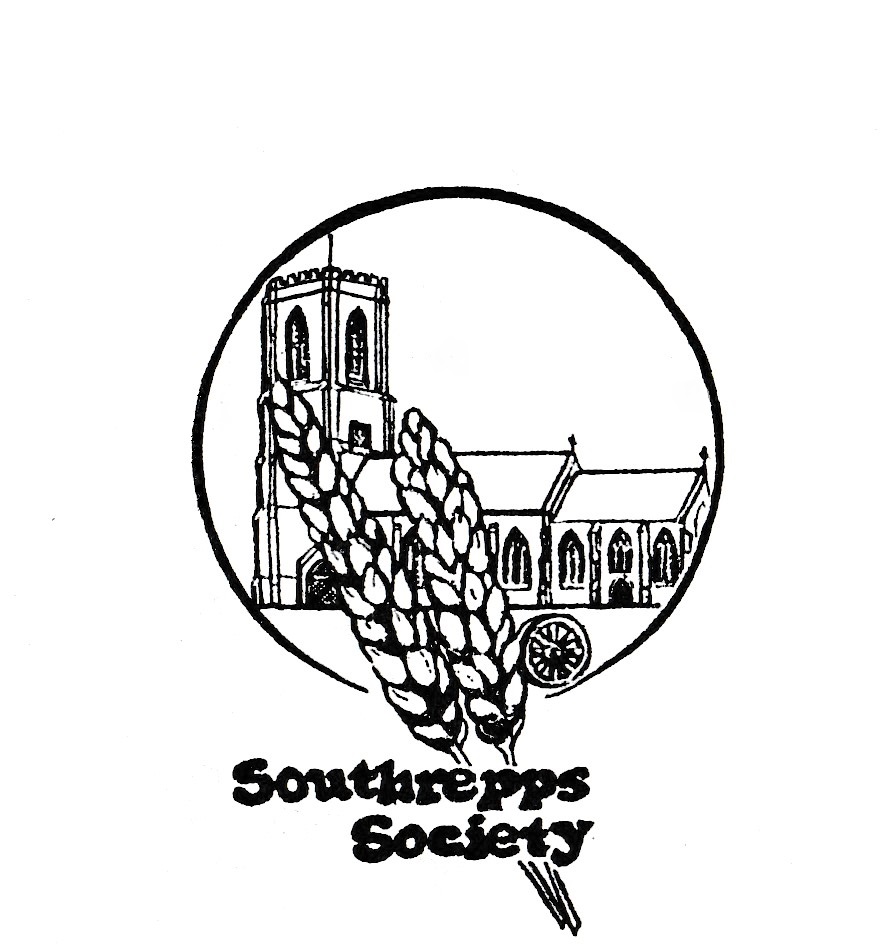Author Margaret Dowland
The Post Office.
The first general or public post was established in the reign of Charles the 1st. It was another 200 years before a network of receiving-houses were established in larger provincial towns, but it was not until the 1850s that the postal system could be described as universal with every village having its own receiving-house.
The earliest record found of a receiving-house or post office in Southrepps is in the 1856 Cravens directory. This listed James Spurrell Plumbly as sub-postmaster with letters arriving at 11am and departing at 2pm.
James Plumbly who lived in Lower Street was a man of considerable influence as he was also the clerk to the Erpingham Union (Workhouse), registrar for births and deaths, and clerk to Antingham and Southrepps School managers. He was also one of the few men of the village who could vote. In his will he is described as a farmer. He was born in 1806 in Trimingham and died 1893 and is buried in St Margaret’s churchyard, Thorpe Market. He married Elizabeth Ann Burton (Johnson).
In Kellys directory of 1871 James Plumby is still recorded as sub-postmaster. It is highly likely that he still held that role in 1881.
In the census of 1891 Lee Amis Fox is the sub-postmaster and he lived in Upper Street. He was also the village blacksmith but did not live at the forge. The next recorded sub-postmaster was Frederick Colman who held the position from at least 1901 until 1921. He was also the village postman.
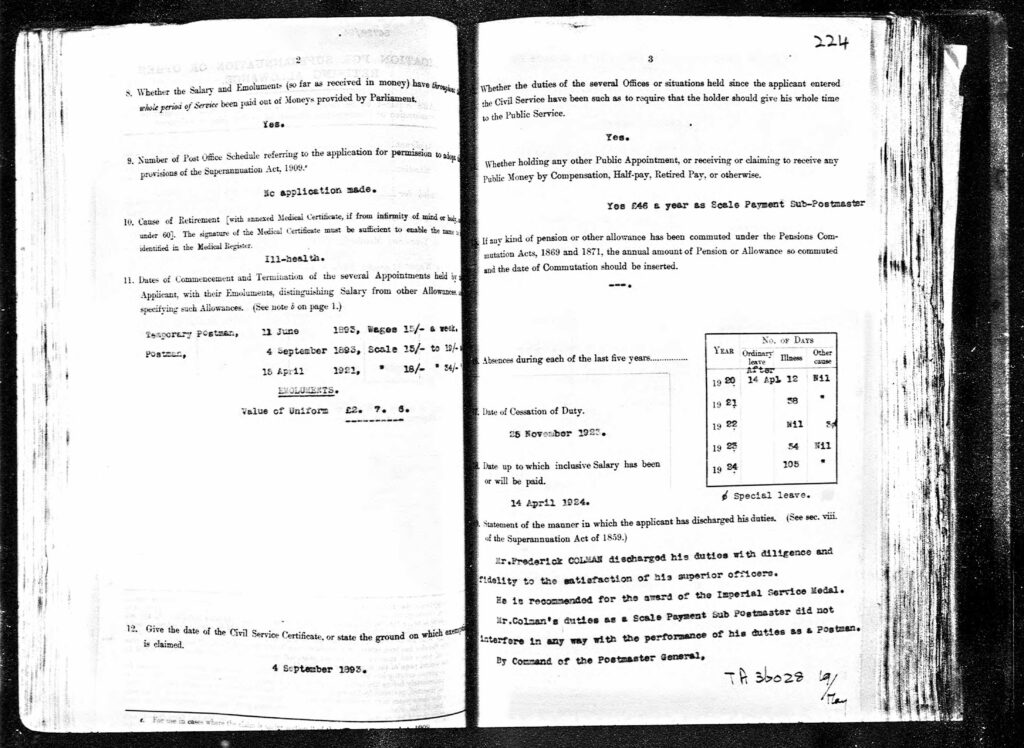
As can be seen Frederick was recommended for the award of the Imperial Service Medal (ISM). It also states that his work as postman did not interfere with his work as sub-postmaster in any way.
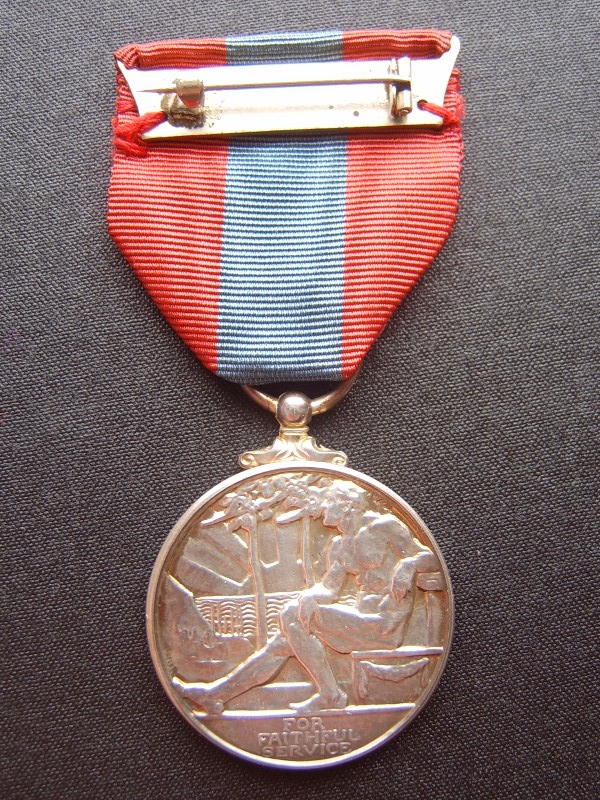
By Nicholas Jackson – Own work, CC BY-SA 3.0, https://commons.wikimedia.org/w/index.php?curid=6526865
This was awarded on retirement to civil servants who had completed at least 25 years meritorious service. It is primarily an award to manual and industrial grades including workers in HM Dockyards and, prior to 1969 when it moved from central government control, the Post Office.
After Frederick Colman the Post Office was run from 21 High Street by Richard and Jessie Swann. They were also Newsagents.
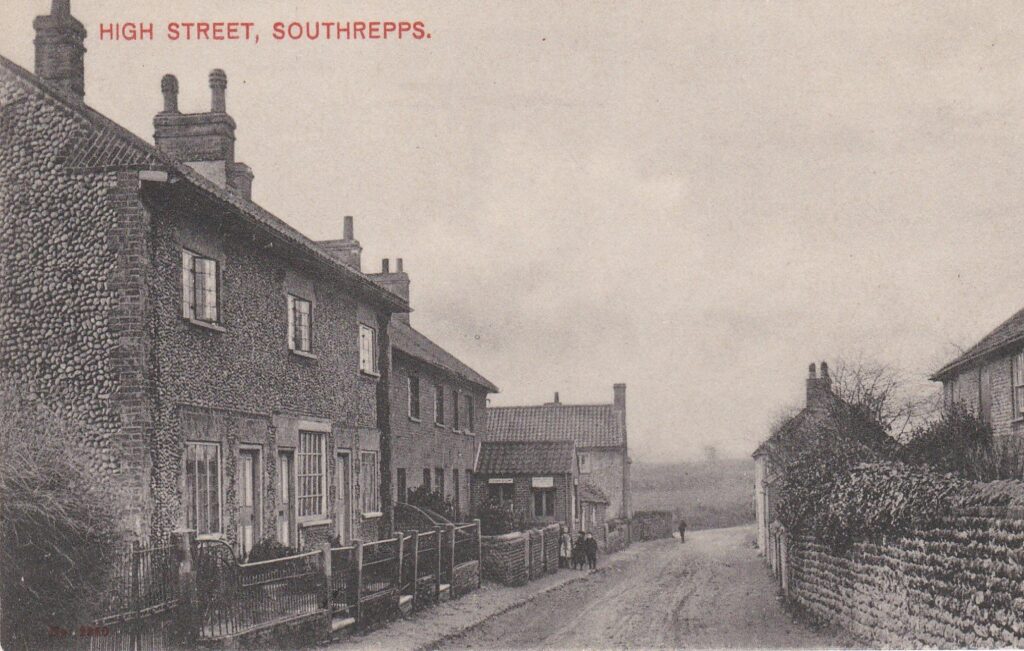
From 1937 until 1950 the position was held by William Viall Allen who operated the post office from 23 High Street. A bricked up postbox shaped hole is clearly visible in the front wall of the house. Ellen, his wife continued to run the post office for a few years after Viall’s death.
The post office then moved location to the Carr’s general store further along the High Street. They ran it from 1950 until sometime in the 1960s.
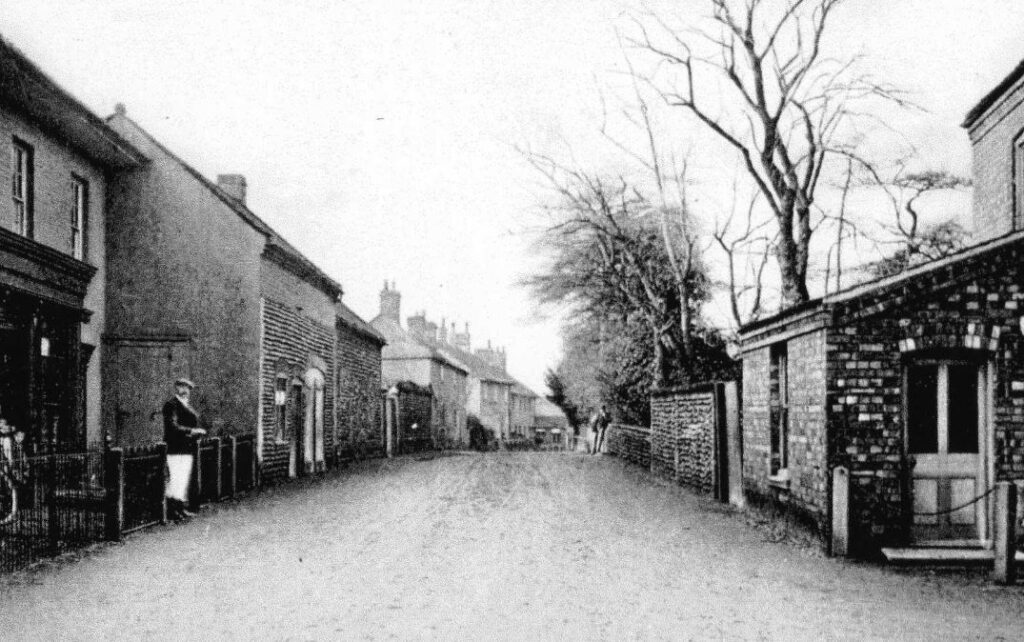
The next sub-postmaster was Audrey Veness in the 1960s and again a new location, moving back down the High Street to 21 High Street known as Post Cottage. Audrey died suddenly in 1974.
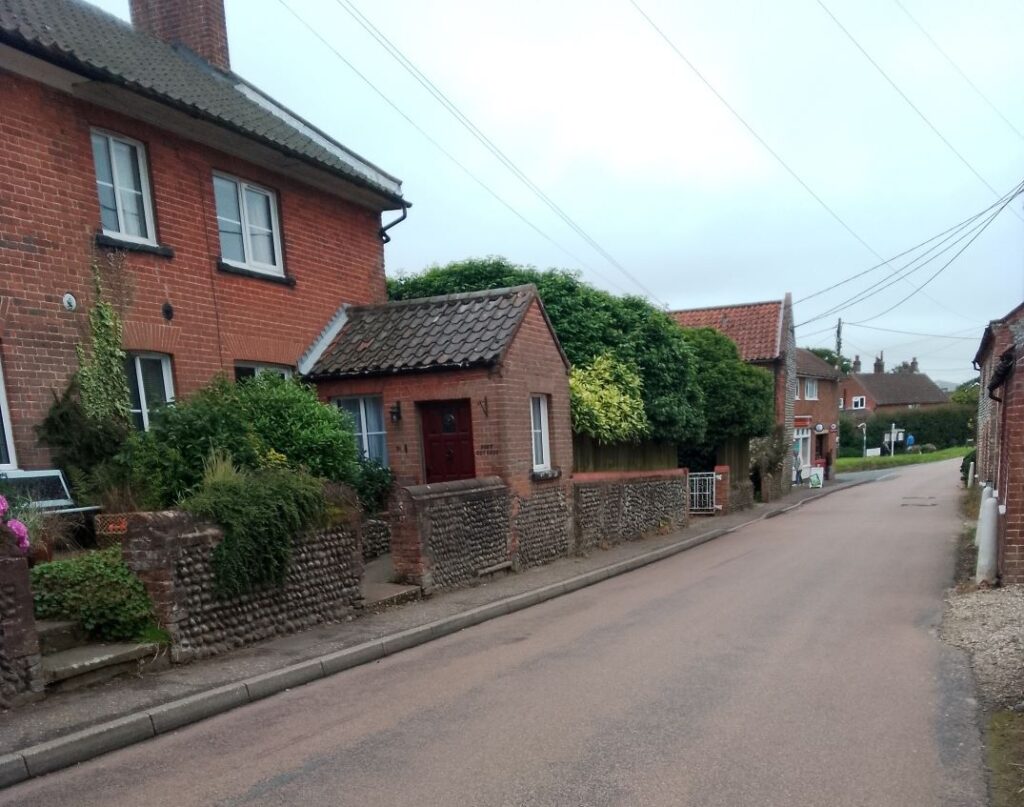
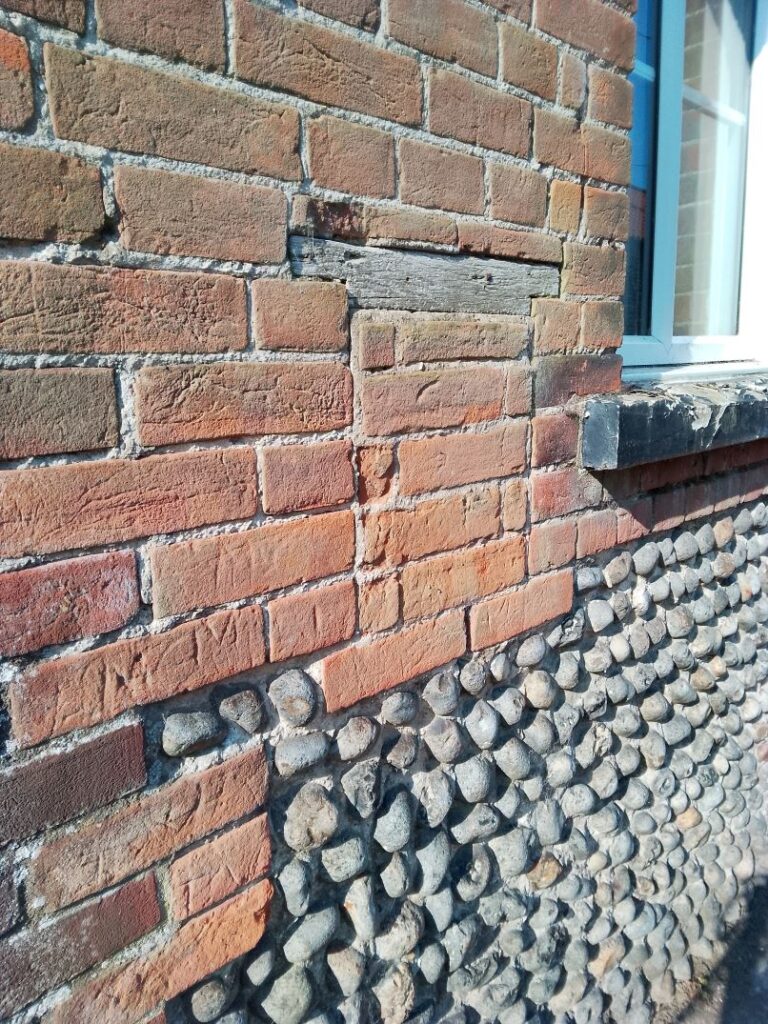
With Audrey’s death the Post Office was on the move again. Back to the same location in Carrs shop. The sub-postmasters were from the 1970s to 2010 Freddy Duffield, Mr and Mrs Caton and then Mike and Penny Dainty. Residents remember Penny’s enthusiastic inking of the date stamp followed by the vigorous stamping of the document. Not to mention the long queues snaking out the door.
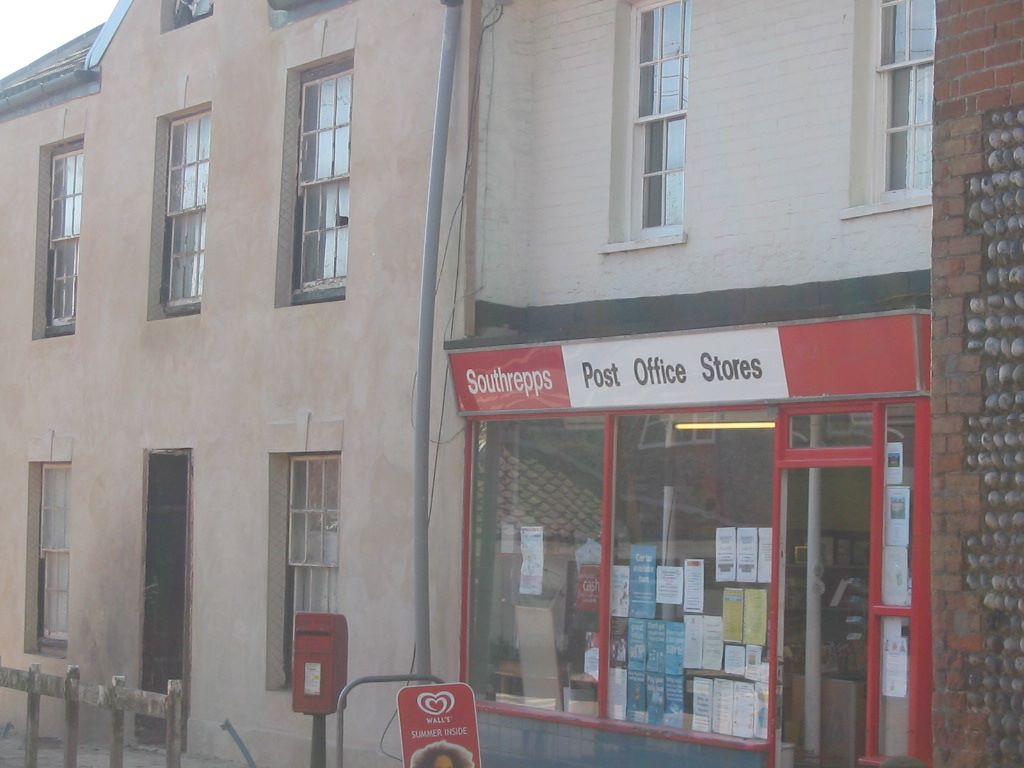
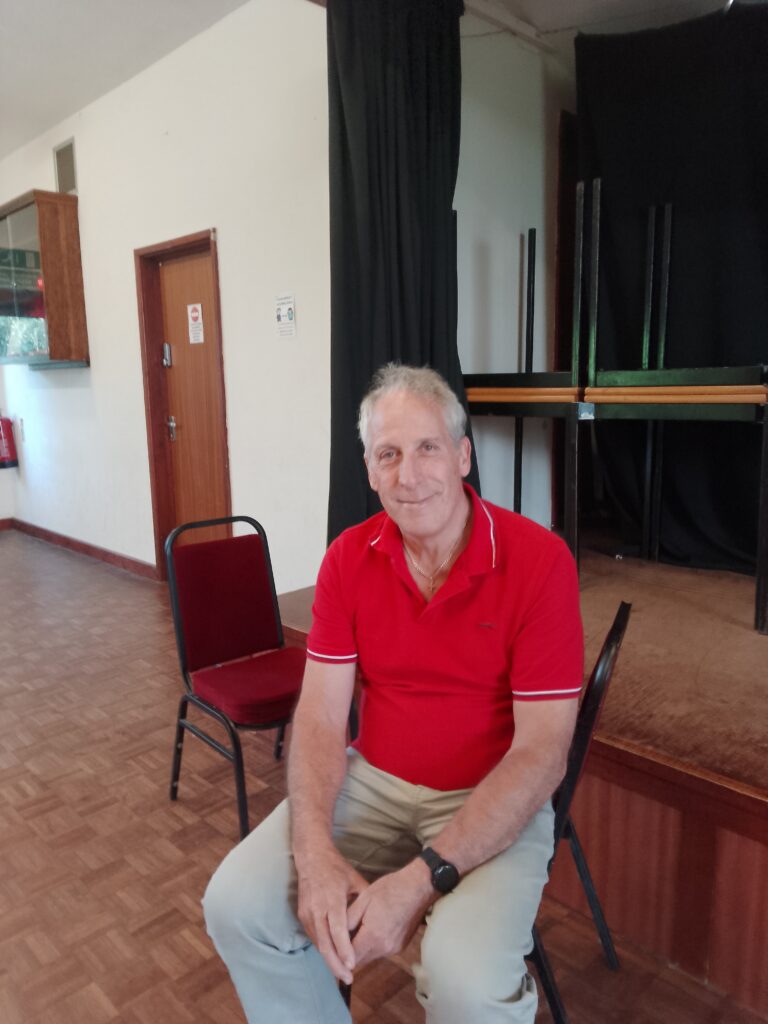
The property was owned by the Carrs until its sale in 2010 to the last sub-postmaster of Southrepps Dirck Geary. He and his wife Lorraine took over in 2010, turning the shop into a coffee shop and post office. This ran for three years until 2013.
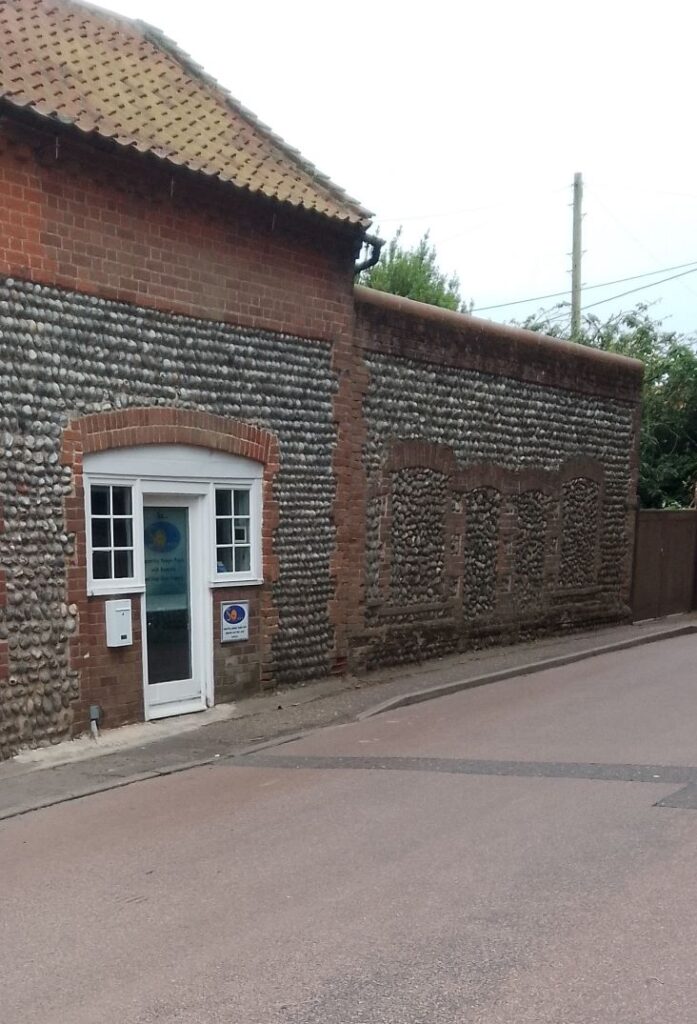
Then the coffee shop closed but Lorraine continued to make celebration cakes. Dirck relocated the Post Office slightly further along the street in the old store room, the coffee shop closed and was converted into a house. Sadly the Post Office closed with Dirck’s retirement on the 3rd January 2024.
Post boxes
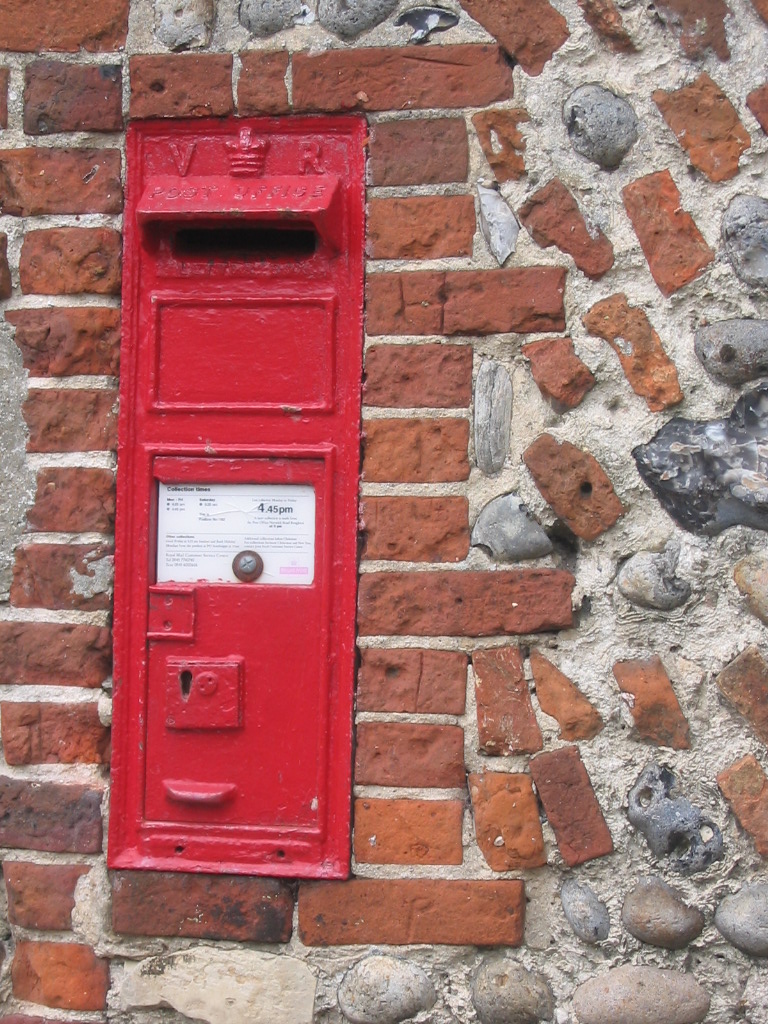
There is a Victorian wall box in Chapel Road, Lower Street. It is in the wall of the outbuildings of Crossways. The box is still in daily use although many a Lower Street resident has had to bend a birthday card as the slot is very small and the distance to the back of the box very short.
According to the Postal museum “As an early economy measure, this form of box was recessed into a wall cavity, sparing the cost of producing a pillar box. It was originally used in rural areas, or where pavements and lights were minimal”. All of which apply to this box.
The Upper Street one as discussed has changed many times and is now an Elizabethan one. It is known as a lamp box as it was originally designed to be attached to a lamp post. Just visible above the slot is a priority postbox sticker, from the 2020 covid pandemic when postal collections were restricted.
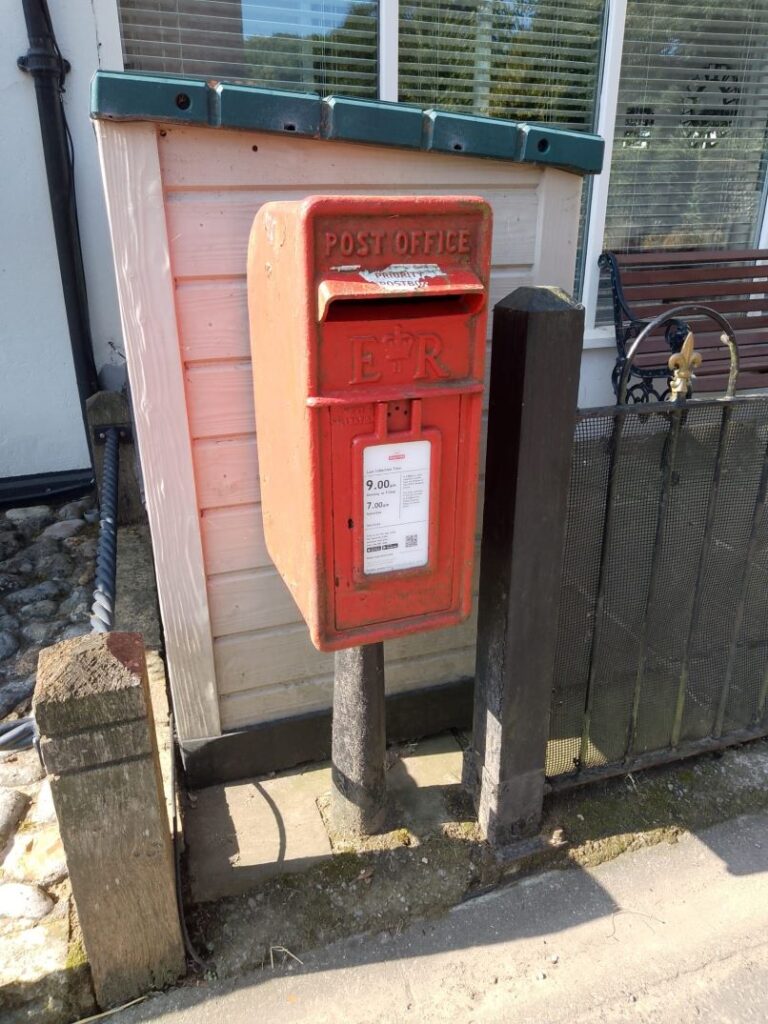
Postmen
As well as Frederick Colman being the postman there were also Henry Vince of Barn Row in 1881 and his son Louis in 1901, William Pearson in 1911 and Ernest Walpole of Church Street in 1939. All are recorded in the census as postman, but it does not necessarily mean that they all delivered in Southrepps.
Today the post comes by van.
